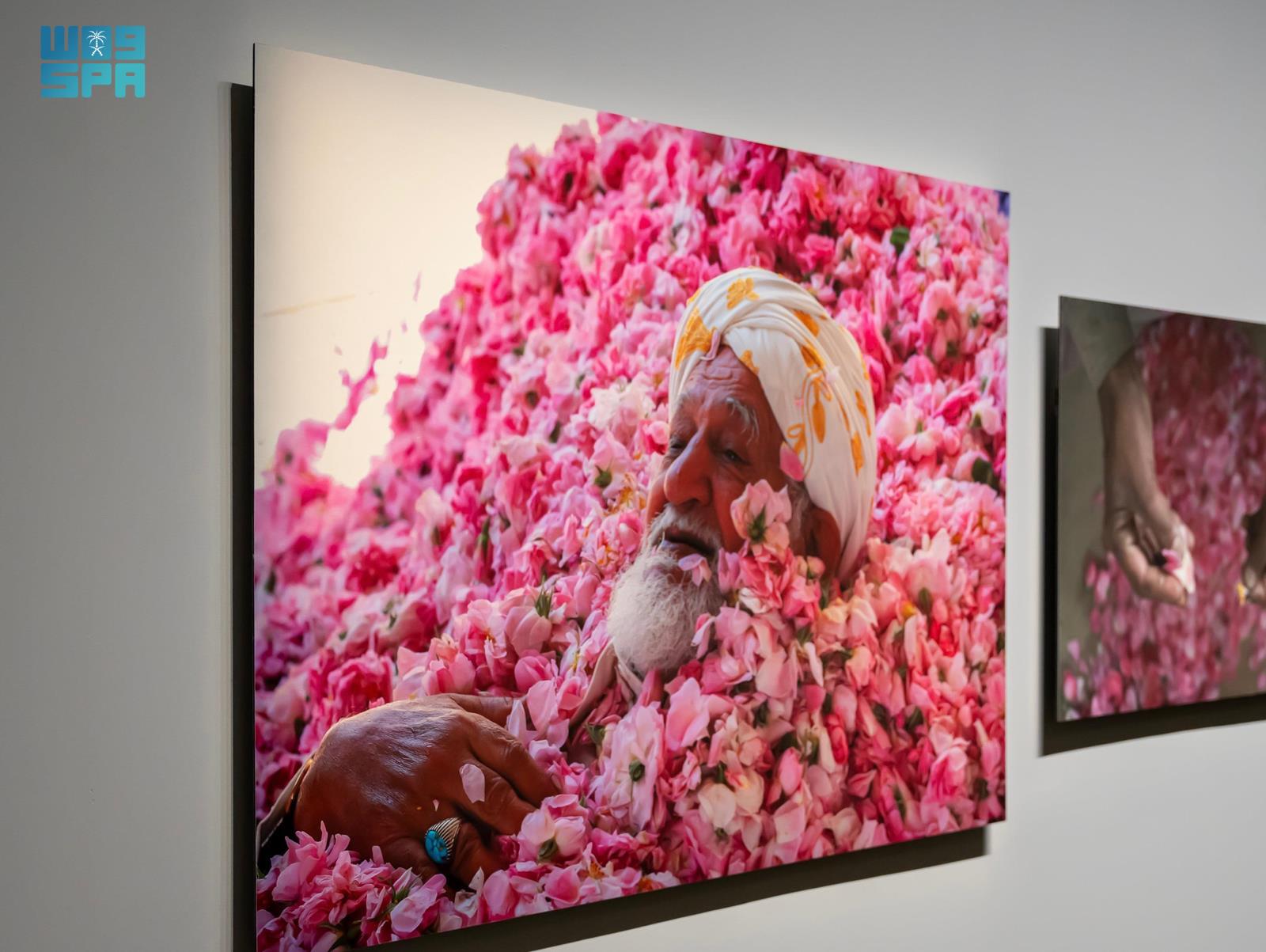'Perfumes of the East' Exhibition in Riyadh Documents Distinctive Identity of Arabian Peninsula Perfume Sources, Types

Riyadh, August 11, 2024, SPA -- The Arabian Peninsula has had an everlasting relationship with perfumes, being a unique source of distinctive types of scents.
It served as a major hub that received aromatic ingredients, and caravans transported on multiple trade routes fragrances to the societies of the ancient world. This made the peninsula a starting point for the history of perfume and the cradle of a culture that imparted precious scents with humanity, making perfume a common part of daily life.
The variety of perfume sources made successful civilizations on the Arabian Peninsula develop a unique identity in perfume production. Perfumes became an integral part of its heritage and became traditions passed down through generations.
The Perfumes of the East Exhibition, currently hosted, in partnership with the Arab World Institute in Paris, by the Saudi National Museum in Riyadh, as a first stop on its international journey, documents the strong relationship between the Arab world and perfumes. It highlights the distinctive scents of the East and the Arab traditions that gave perfumes their social role.
The exhibition explains how Arabic perfumes came to be distinguished by their strong, warm scents composed of a unique blend of ingredients such as myrrh, frankincense, amber, oud, musk, and rose. The exhibition also explores the role of perfumes in the civilizations of the Arabian Peninsula, and their association with social and religious occasions, as well as with wealth and luxury.
The exhibition reinforces the idea of the Arabian Peninsula as the "Land of Perfumes" where the scarcity of rain and abundance of sunshine created an ideal environment for the growth of myrrh and frankincense plants, which formed the foundation of traditional Arabian perfumes.
Throughout the exhibition, which continues until September 14, visitors embark on an exceptional journey that stimulates smell and sight. This journey explores the history and practices of perfumes up to the present day, featuring over 200 unique artifacts and contemporary artworks offering deep insights into each perfume's story.
The three sections of the exhibition bring together past and present, beauty and culture; the "Sublime and Generous Nature" section delves into the history of perfumes, starting with the discovery of raw materials, such as flowers, herbs, spices, and fragrant natural resins. It also highlights the components that set apart the Arabian Peninsula, such as frankincense, amber, and myrrh, which are key components in perfume making.
The section "Scents of the City" reveals the role of perfumes in public places and society, shows that perfumes are a collective experience in Arab culture and play an important role in gatherings of friends, family, and loved ones.
The section "Fragrant Courtesy" focuses on the social traditions and customs associated with perfumes in the Arab world and Islamic civilization, such as perfuming and incense burning, and the tradition of perfuming guests to welcome them.
--SPA





